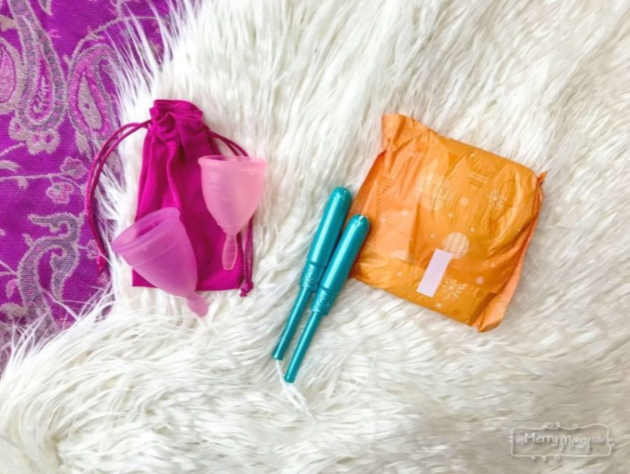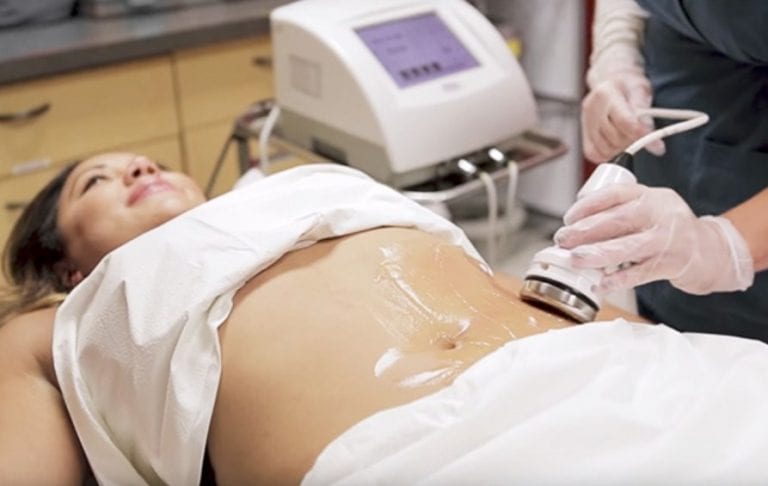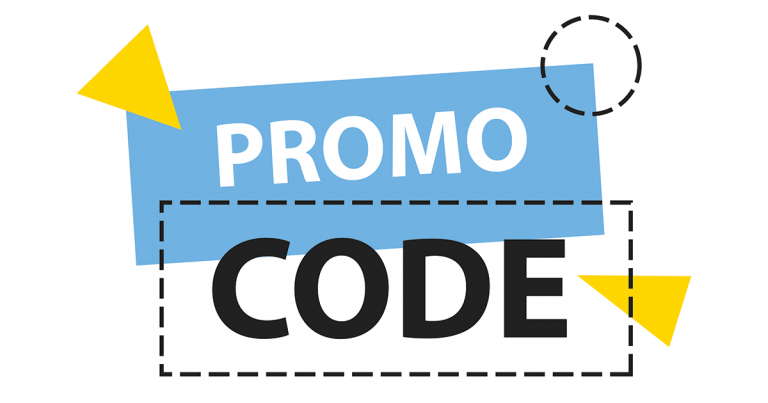Trending News

Menstrual Pads, Cups Or Tampons: How To Decide What’s Best For You
Believe it or not, this topic has already been researched by scientists. This topic is a research magnet. This is based on the fact that a woman spends a lot on feminine hygiene products in their lifetime. Pads, tampons, and cups help women go about normal life without soiling their clothes. Whereas Pads are worn on the underwear, tampons and cups are inserted in the vagina.
Sanitary pads
These are the commonest form of feminine hygiene. Pads are narrow pieces of absorbent material that stick to the underwear. They come in different sizes shapes and absorbing capacity. They have flaps or wings to protect against leaks. They are made of disposable material. However, pads are not ideal for swimming or water sports.

Pros
- No painful insertion. When using pads, there isn’t anything going up the vagina. This must be the main reason why pads are still in the market.
- Reduces staining: Pads absorb the menses that could stain your clothes. But this occurs only for a few hours.
- Doesn’t absorb lubrication inside your ‘hoo-ha.’
- No TSS: Toxic Shock Syndrome is a bacterial infection because when the tampon is left too long thus absorbing the lubricant that protects the vagina from infection.
Cons
- The bleach in the pads can lead to cancer. Though the effect isn’t instant, it takes over 2-3 decades to occur. Some of the chemicals found in the bleach can lead to cervical cancer.
- Use of pads may lead to infection if not changed regularly.
- Not eco-friendly. Pads aren’t biodegradable, instead disposed pads takes half a century to decompose. Given that women spend almost 10,000 pads in their lifetime, the negative environmental impact is massive.
- Some women say that pads cause rashes and chaffing around the privates.
Tampons
Tampons are finger-sized plugs made of absorbent material like cotton that is inserted into the vagina to soak up menstrual blood. The tampons have a string attached to the need to aid their removal. Some tampons come with applications to help you wear the tampon.

Pros
- Discreet: No staining tampons soak up the blood before it leaks out of your vagina
- There are so sleek and small. They can’t be noticeable.
- Very comfortable: Once inserted, it can hardly be felt. Hence you can go on with your tasks without discomfort.
- Leeds to lesser period days: Tampons reduces the menses days because it soaks up the blood immediately as it flows out of the cervix.
Cons
- Increased risk of TSS
- Women’s who used tampons have an increased risk of urinary tract infections (UTIs)
Menstrual cups
Menstrual cups are bell-shaped bowls made of silicone, rubber or soft rubber. These cups are inserted into the vajayjay to collect blood until it’s full. Most cups take up to 8 hours to get filled up. The best part about the cups is they are easy to use: easy to insert, and easy to reuse. Cups are gaining popularity across the globe because of its eco-friendliness, Thus they are a healthy and cheaper alternative. However, cups doesn’t absorb menses, like pads and tampons.

Pros
- They are cheaper: One purchase last between 1- 3 years. The initial cost saves money.
- Eco-friendly: Unlike pads they are reusable. Mother earth doesn’t have to worry about landfills and environmental waste.
- Reduced leakage. In comparison to pads and tampons, pups seal the inner wall of the Vagina.
- More comfortable than bulky pads and tampon Cups.
- No TSS: They don’t soak up blood; they merely collect the menses draining
- No chemicals: They don’t contain bleach, chemicals our fibers, thus reducing their risks
- The cup doesn’t expose menses to air hence reduces the chance of odor.
- It’s durable and reusable. It doesn’t wear or tear hence women can use it for years.
- Helpful for women with heavier flows. It collects more menstrual flow than the two alternatives.
- Cups allow women to engage in sex during the menses.
Cons
- Require some learning to try out the cup.
- Struggle: menstrual cups are hard to insert on the first day. Some women find the insertion process uncomfortable.
- Cups are harder to get hold of.
Nevertheless, you can wear a pad concurrently with a menstrual cup as back up, but you can’t wear a cup and tampon at the same time.
Whatever alternative you choose, always wash our hands before and after changing the feminine products.
Copyright © 2025 WyattScott. All Right Reserved.







.png)






